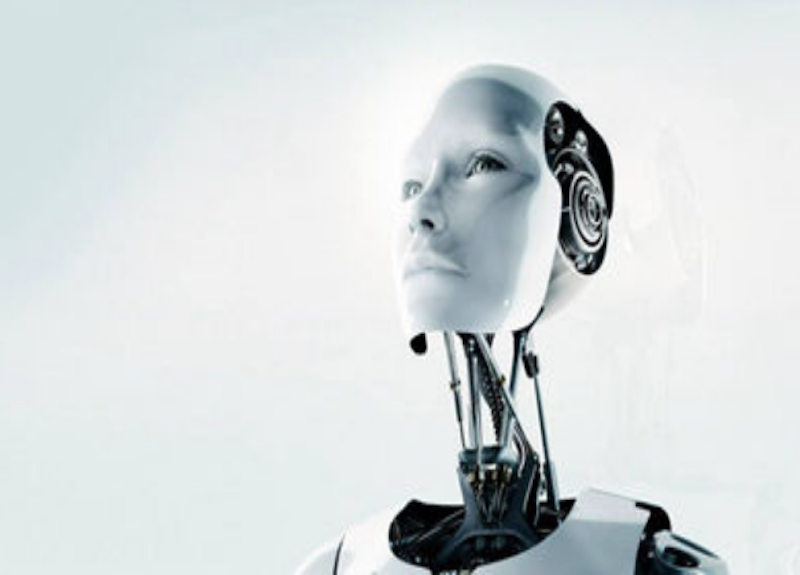SCI-TECH | Nine essential things to know about AI in 2020
Artificial intelligence or AI has grabbed headlines due to its key role in transforming enterprises into more productive, agile, resilient businesses.

Artificial intelligence or AI has grabbed headlines due to its key role in transforming enterprises into more productive, agile, resilient businesses. AI continues to gain serious attention now because it makes vital contributions in the fight against the Covid-19 pandemic and in global recovery from it in the near future.
First off, allow us to tick off what makes today’s AI worlds away from the futuristic robots of science fiction and in classic films like Stanley Kubrick 2000: A Space Odyssey.
1. AI, short for Artificial Intelligence, refers to the ability of machines like computer systems and robots to perform tasks usually associated with humans.
2. Using computer-driven algorithms, AI could simulate mathematical functions, logic and reasoning to be able to do a series of tasks faster than its human counterpart and by extension, consistently generate more and better quality outputs.
3. Early awareness about AI may have come from science fiction literature that portrayed robotic machines to be human-like beings able to speak, think and fight like a human.
4. The closest an ordinary Filipino has seen an actual AI in action may have come from watching a robotic arm in a mass production line such as in the car making and pharmaceutical industry, or a robotic arm doing its job alongside a worker in an assembly line.
5. The present generation of AI has greater, far ranging capabilities, which are basically embedded in such AI enablers as neural networks and machine learning. To illustrate briefly, neural networks could be likened to the interconnection of neurons in the human brain that allows exchange of information across the complex connectivity while machine learning imitates the capacity of the nodes or terminals of the neural network to process and make superfast decisions on information passed on to it.
6. The intricate relationship between neural networks and machine learning has given rise to unique applications in such diverse sectors as finance, national security, health care, criminal justice, transportation, and smart cities. It is also providing glimpses of looming challenges in data access and security, legal liability as well as ethics and transparency in the decision-making processes of independently thinking AI.
7. AI is being harnessed in the ongoing fight against the Covid-19 pandemic. Powered by so-called big machines, it helps identify and forecast outbreaks, in diagnostics and search for a cure, in transport of medical samples and quarantine materials via drones and in the processing of healthcare claims.
8. In the post-pandemic era, the World Economic Forum predicts that AI would usher in a new world order that could positively impact both developed and developing economies especially in the following areas:
• Online shopping and robot deliveries supported by robust virus-proof logistics systems
• Digital and contactless payments that would enable people to make easy online purchases and payments of goods, services and even utilities.
• Remote work enabled by resilient technologies including virtual private networks (VPNs), voice over internet protocols (VoIPs), virtual meetings, cloud technology, work collaboration tools and facial recognition technologies.
• Distance learning driven by technologies in remote work to also include virtual reality, augmented reality, 3D printing and AI-enhanced robot teachers.
• Telehealth to provide primary care as well as to enable wearable personal IoT devices that track vital signs and chatbots that make preliminary diagnoses based on symptoms identified by patients.
• Supply Chain 4.0 anchored on such Fourth Industrial Revolution core technologies as Big Data, cloud computing, Internet-of-Things (“IoT”) and Blockchain
• Online Entertainment to spark human creativity in an era of reduced in-person interactions through online activities like cloud raves, live concert streaming, virtual museum tours and heritage site visits, and interactive gaming.
9. AI for social good, not just for economic gain or impressive bottomline, is likewise the wave of the future as illustrated by the following examples:
• Water resource management to accurately predict customer demand that leads to significant operational savings of the water district.
• Renewable energy particularly in the wind power industry where AI could assist in optimizing electricity usage on large power grids.
• Earthquake prediction where sophisticated use of AI and Big Data could facilitate a deeper understanding of seismic activities.
• Global warming in which the Bill Gates-sponsored AI for Earth program has been looking at measures to combat the adverse contributions on climate change of deforestation brought on by devastating calamities.



